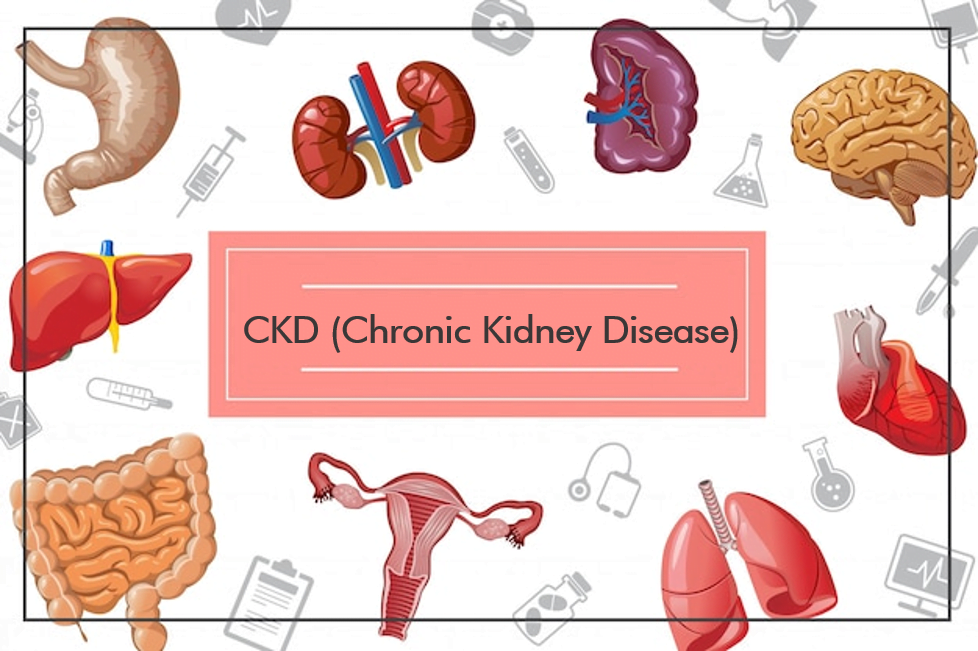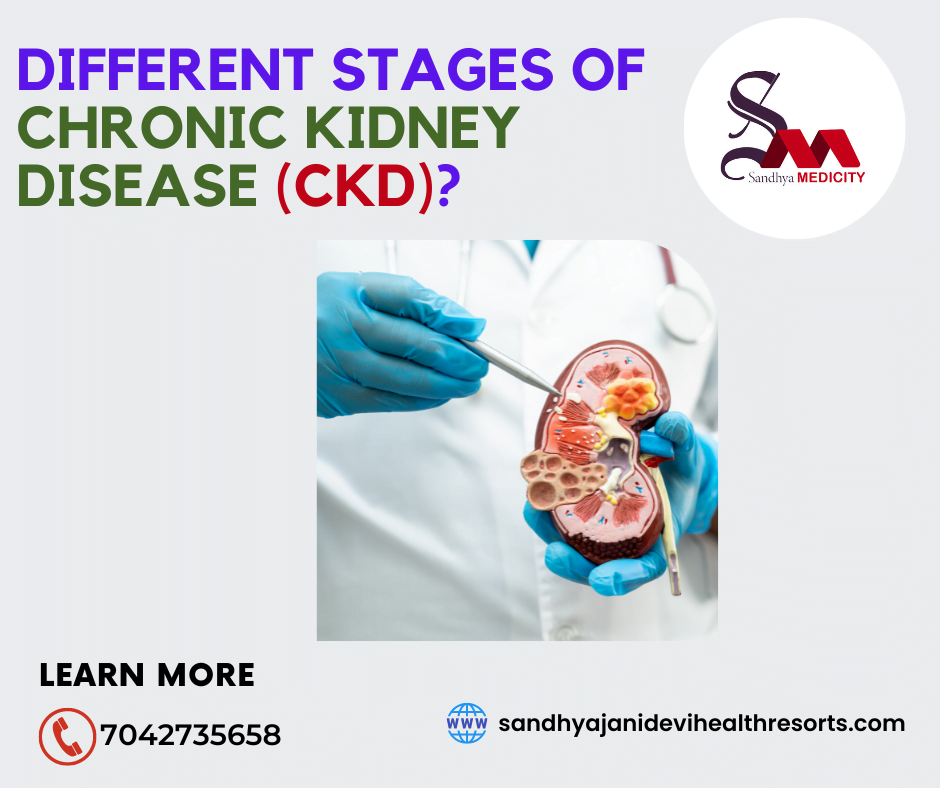CKD – Chronic kidney disease
CKD Best Chronic kidney disease Treatment Chronic kidney disease, also called chronic kidney failure, involves a gradual loss of kidney function. Consult Now CKD Chronic kidney disease chronic kidney disease treatment also called chronic kidney failure, involves a gradual loss of kidney function. Your kidneys filter wastes and excess fluids from your blood, which are then removed in your urine. Advanced chronic kidney disease can cause dangerous levels of fluid, electrolytes and wastes to build up in your body. Chronic Kidney Disease Risk Factors Signs and symptoms of chronic kidney disease treatment disease develop over time if kidney damage progresses slowly. Loss of kidney function can cause a buildup of fluid or body waste or electrolyte problems. Depending on how severe it is, loss of kidney function can cause: Loss of Appetite A decreased appetite occurs when you have a reduced desire to eat. It may also be known as a poor appetite or loss of appetite. The medical term for this is anorexia. A wide variety of conditions can cause your appetite to decrease. Read More Sleep problems Changes in sleeping patterns or habits that can negatively affect health. Read More Fatigue and weakness Weakness is a lack of muscle strength and a reduced ability to move your body, no matter how hard you try. Fatigue is a feeling of extreme tiredness or extreme lack of energy. Read More Urinating more or less An infection in any part of the urinary system, the kidneys, bladder or urethra. Read More Decreased mental sharpness One’s mental acuity is affected by numerous elements like memory, focus, and the ability to comprehend and understand. Read More Muscle cramps A muscle cramp is a sudden and involuntary contraction of one or more of your muscles. Read More Dry, itchy skin Dry skin makes the skin look and feel rough, itchy, flaky or scaly. The location where these dry patches form vary from person to person. Read More Swelling of feet and ankles Swelling of the ankles and feet is often an early symptom of venous insufficiency. Read More Shortness of breath Shortness of breath — known medically as dyspnea — is often described as an intense tightening in the chest, air hunger, difficulty breathing, breathlessness or a feeling of suffocation. Read More Chronic Kidney Disease Causes: 1. Smoking 2. Obesity 3. High blood pressure 4. Diabetes 5. Family history of kidney disease 6. Heart (cardiovascular) disease Investigation What investigations you required? CBC Urine physical and microscopical examination CT Scan K.f.t usg abdomen MRI in recurrent UTI DTPA SCAN Chronic Kidney Disease Treatment You will get treated by Tub Therapy (Which is 80% Reversing Rate). Many of the patient are getting this treatment at Sandhya Jani Devi Health Resort https://youtu.be/R43QZqFnRwE AYURVEDIC MEDICINE Chronic Kidney Disease Diagnosis Gokshura Diuretic and flushes out all the toxins. Shilajit It has diuretic properties using kidney stones. Avlaki Used for painful urination due to Pitta vitiation. Punarnava Mutrakrichantaka Rasa 250gm + Yavakshara 2gm + Shweta parpati 500 mg 1-0-1 after food mixed with honey Chandanasava 10ml-0-10ml with equal amount of Luke warm water PANCHKARMA Basti punarnava oil Nirahua Basti punarnava kadhya Anuvasana-tila taila Uttar Basti- with swadamshtra ghreeta in case of obstruction Local abhyanga with marichadi taila and Swedana Avgha swedan in hot water dashamoola kashay Local lepa – yavakshara, Suryakshara powder is applied to bladder region and wet cloth is placed on top of it Chronic Kidney Disease DIET Patient should take Joo and Buttermilk. Amla Sarasa with Gud Sugarcane Juice with Honey Fruits and Melats Diet . Review of CKD Patients Frequently Asked Question People also ask these questions. What are the main causes of chronic kidney disease? – Smoking– Heart (cardiovascular) disease What are the main causes of chronic kidney disease? – Vomiting – Nausea – Swelling of foot – Reduce urine output Can chronic kidney disease be healed? Yes, Panchkarma or Tub Therapy makes it possible to reverse. Now you can reach us to feel free to get treated. GET KIDNEY TREATMENT TODAY At Sandhya Jani Devi Health Resort you wll get proper kidney treatment by Tub Therapy which have 80% curence rate. To get your treatment conact today. CALL NOW Reach Us
CKD – Chronic kidney disease Read More »



